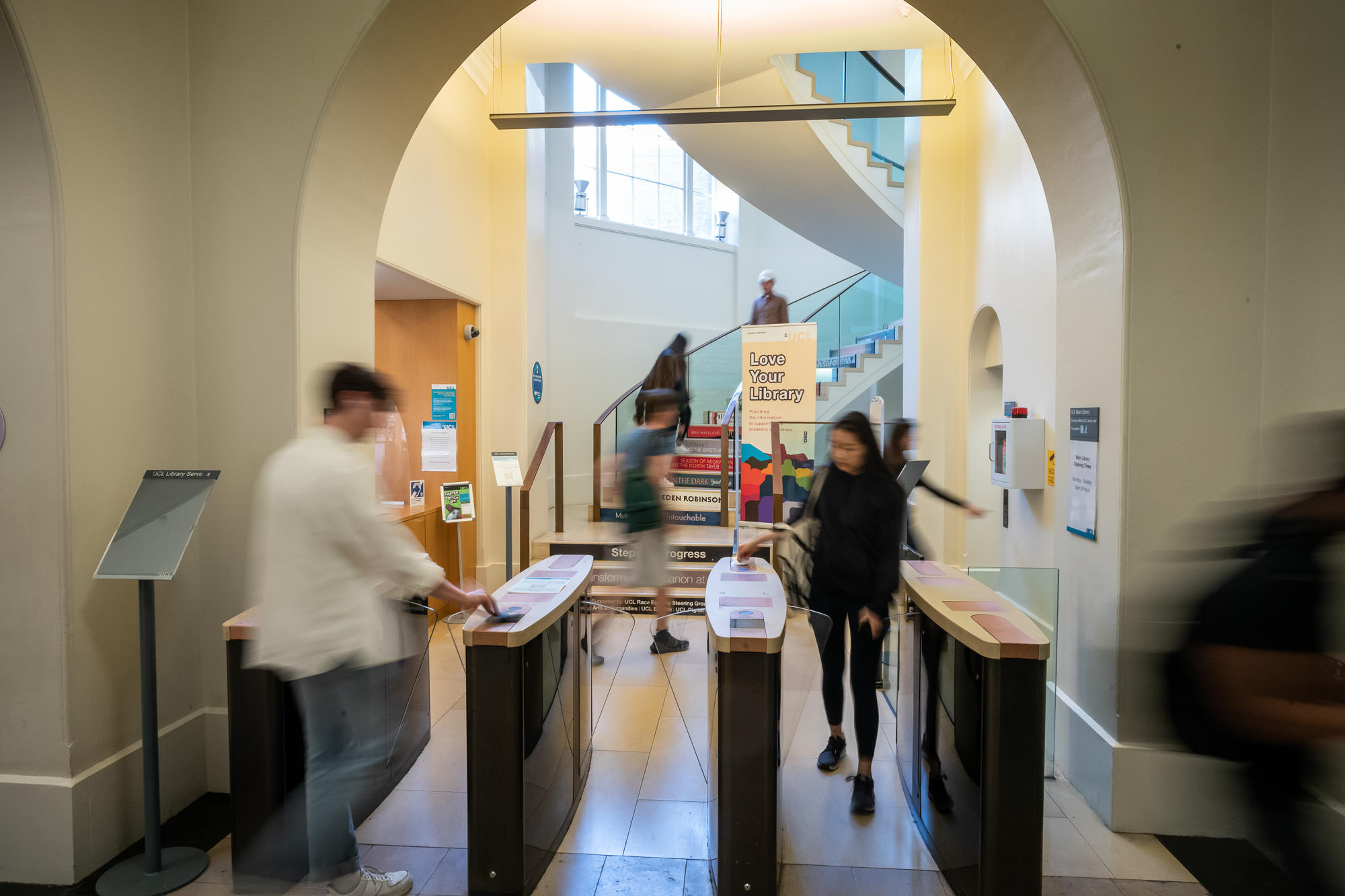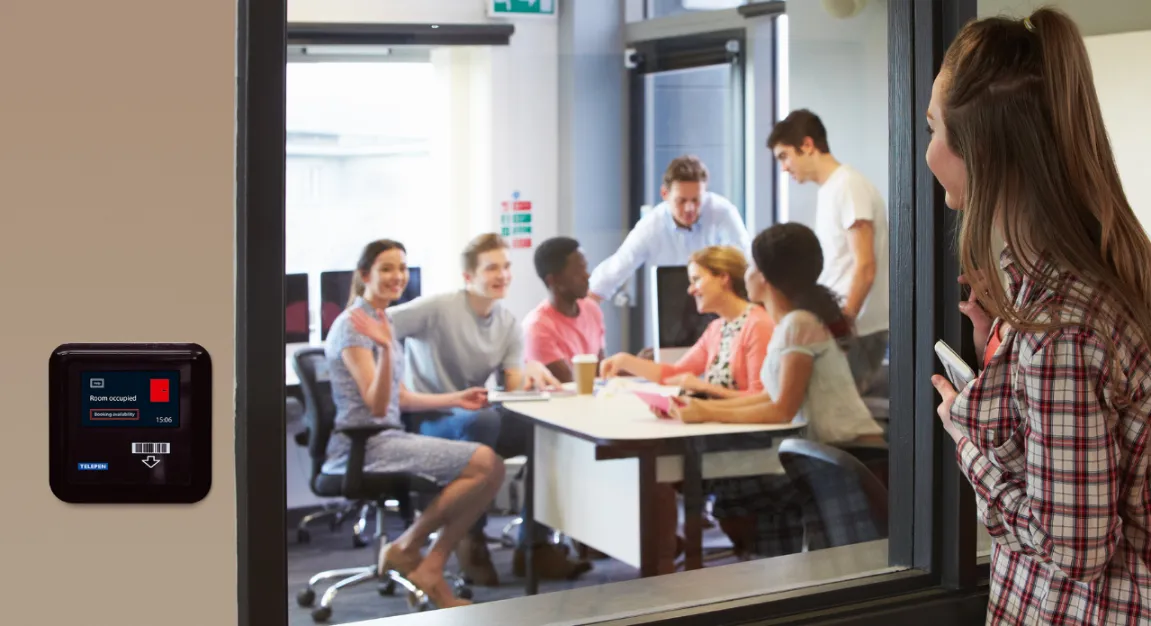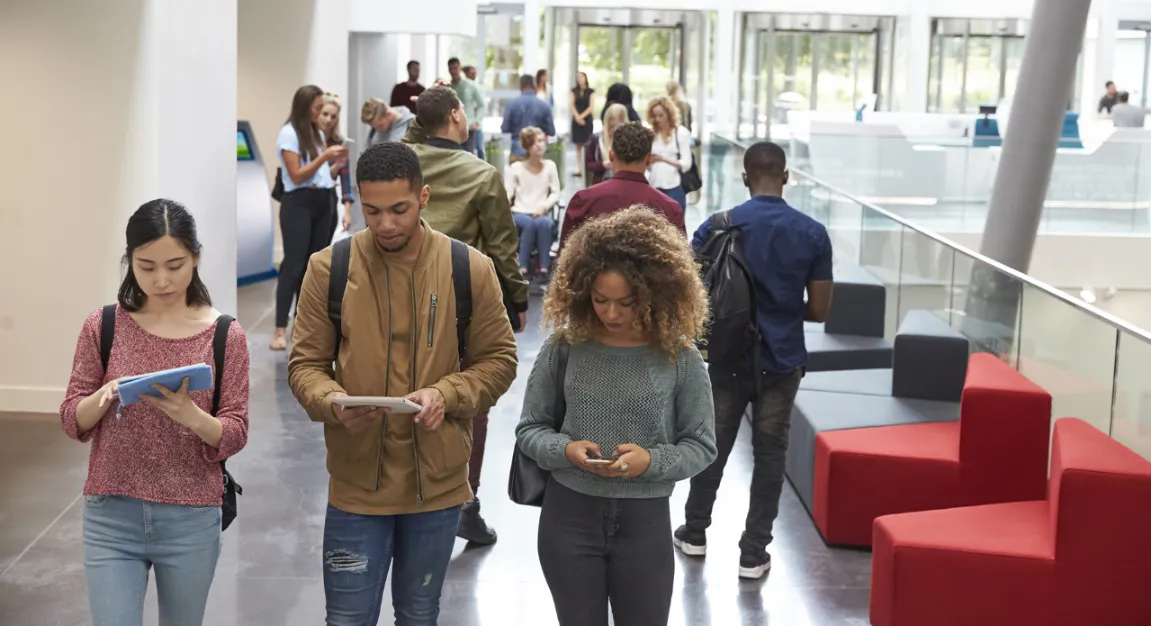As the era of home working transitions into hybrid working, and students return to universities in full capacity, occupancy management comes to the fore. By accurately measuring not only how many people visit an attraction but who they are and what they do, organisations can make better decisions.
The principles of effective occupancy management can apply to academic libraries, corporate working environments and visitor attractions. Each will have its own priorities, but the key factors remain constant.
What is Occupancy Management?
Occupancy management, or visitor management, draws on data from user activity to make the best use of a space. Venue managers can use tools such as access controls, sensors and people counters to determine how many people are visiting.
They can also drill down into specific analytics. For example, they may look at peak occupancy levels during certain time periods or categorise users by attributes like undergraduate or mature students. In turn, this helps to inform how to use the space at optimum capacity, for the benefit of the organisation and the users.

Why is occupancy management important?
Occupancy management is first and foremost a safety issue. Considerations such as fire exits will impact the capacity of a space. Building managers also need to think about accessibility and overcrowding, particularly at peak times.
When done right, occupancy management can significantly improve efficiency. It optimises building capacity by recording peak and quieter times. This encourages a more flexible approach to visitor access. This helps to serve as many customers as possible in practical applications, like booking meeting rooms more easily.
It can also save on costs. With better visibility on visitor use, building managers can reduce their energy consumption. They may even introduce incentives for people to visit at off-peak times, ideal for organisations like tourist attractions.
How to optimise your occupancy management
To make the most of your space, you need to consider user needs first. Occupancy management focuses not just on capacity but on user flow, ensuring visitors can move around a space smoothly. Well-managed spaces must consider:
Security and access
Once again, safety is the prime concern for libraries, venues and corporate offices. Beyond fire regulations, this also pertains to user access. Organisations must ensure that only current, authorised employees can gain access – and that patrons can only visit public areas. In the context of academic libraries, students must have certifiable ID to prevent security alerts.
Access control is essential, no matter if the business is a tourist attraction or high-profile company office. In the latter, a T Box gives access to individuals with identity cards or tickets. These are ideal if there isn’t sufficient space for barriers or turnstiles.
Turnstiles are perfect for visitor attractions, maintaining crowd control in lower-security environments. For higher-security venues, control gates authorise individual access. These can also monitor user activity in environments like academic libraries, checking traffic flows and student interactions.

Booking Spaces
As key areas for studying, presentations and client gatherings, meeting rooms are often in short supply. Library managers and office reception staff can cut back on admin with booking tech. Tools such as the RB2 work in tandem with the Sentry access system to enable simple booking.
Employees and students can book rooms 24 hours a day without consulting staff. Users then receive a one-time access code, ticket or identity card to enter without staff needing to unlock doors. This ensures rooms are occupied as often as possible, without costly human intervention.

Measuring user flow
Occupancy management is not only about volume of visitors, but their interactions. Building managers need to consider how guests are moving around in a space, for example:
- Is there sufficient room for accessible entrances, such as wider turnstiles?
- Can all visitors get to fire exits quickly and without obstacles?
- Are quiet areas kept away from more social spaces, such as study and breakout rooms?
- Has the building been optimised for energy efficiency?
People counting technology goes beyond monitoring users in and out. Depending on the tools, such as access control scanners in academic libraries, it can also record user data. This helps to inform future decisions, for example, seeing which areas are more popular with undergraduates versus master’s students.
Building managers should regularly review user movements to check if the space is being used efficiently. For example, office managers may consider moving kitchen facilities closer to meeting rooms, or visitor attractions could make child-friendly areas easier to find. Beyond customer service, this may also help with staff resource planning, looking at which times are busiest and require more staff.

Segmenting visitors
With key data from access control gates, building managers can make better decisions. The aforementioned distinction of master’s and undergraduate students may help with space planning and sourcing the right reading materials.
There are several other user attributes that managers could measure. For example, at visitor attractions, turnstiles could count the number of adult versus child visitors, allowing marketers to tailor promotions accordingly. Office managers could track the number of staff versus client visitors, allowing them to designate car parking and meeting room space.
A better understanding of users allows managers to segment them. We can apply targeted promotions, parking rights, working hours and space allocations.
Saving costs
Managers can make significant savings by better monitoring their building occupancy. They may consider measuring the ratio of library staff to visitors at certain times, and slim down or increase staff resource based on demands.
Building managers can also plan for quieter periods and turn down heating or lighting in certain areas to save on fuel bills. Not only does this save money, but improve the eco credentials of a business, thereby increasing its competitive advantage.
There may even be revenue-driving opportunities in occupancy management. Visitor attractions could promote discounts based on off-peak periods or reduce the risk of lost custom due to overcrowding.
Key takeaways
When planning for occupancy management, many venues share the same priorities including costs and health and safety. The differences lie in specific applications – from high-security offices to family-friendly attractions. To make the most of a space, building managers should:
- Leverage analytics to see who’s visiting and how they’re interacting
- Prioritise health and safety, including fire exits and crowd control
- Consider energy consumption during quiet and busy periods
- Monitor user authorisation at regular intervals
- Segment customers based on activity
- Use 24-hour booking tools
- Draw on access control technology to facilitate business decisions.
To find out more about access control and turnstile technology, contact AdvaNova today.








